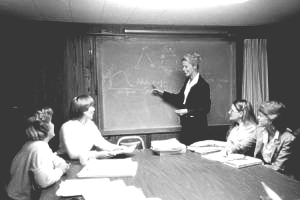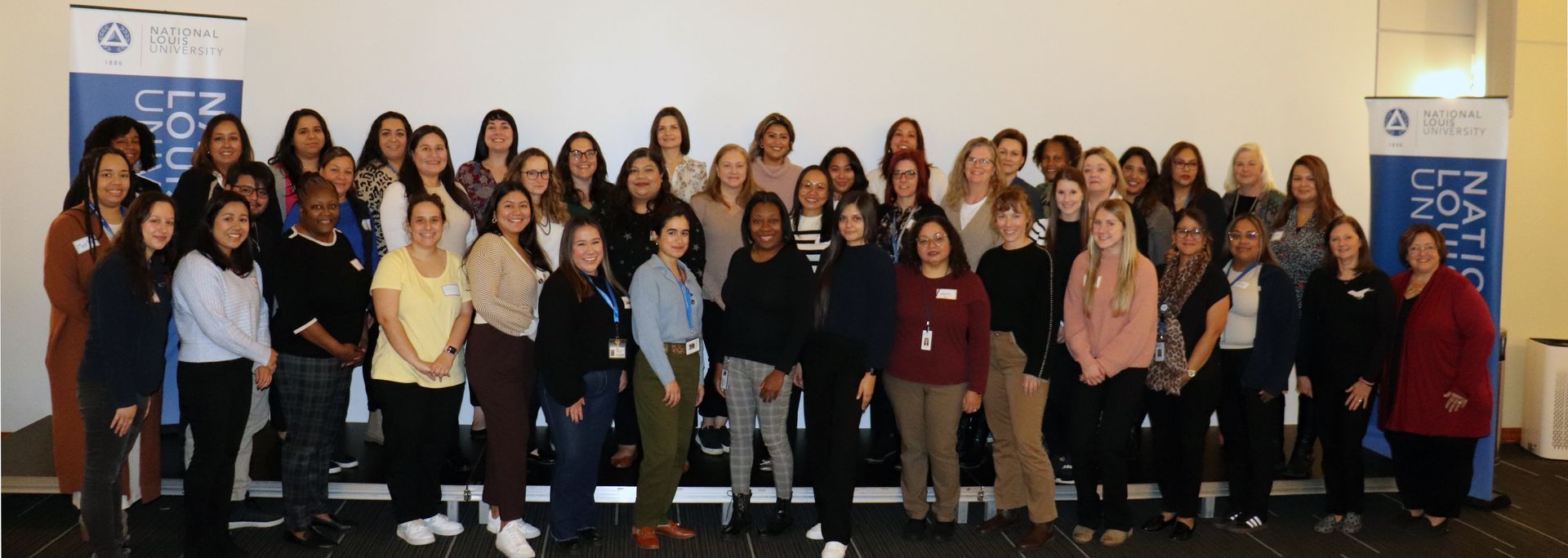BY Dr. Jill Bella | August 6, 2020
Note: Throughout this resource the term family is used to include parent(s) and guardian(s).
Many of the families I know who are looking for family child care (FCC) take the responsibility of finding the right program for their children very seriously. Family child care providers must also carefully consider if a family is the right fit for their program. It is a two-way process and when families and providers are equally invested, everyone—children, families, and providers—wins.
Usually when a family begins looking for care, they receive references from people they know or a list of options from a child care resource and referral agency (CCR&R). They might also be directed to websites to get more information. Subsequently, they might have a phone conversation with a provider. If they consider the program a viable option, the next step is usually an onsite visit to meet with the provider and tour the program. During the current pandemic, both the meeting and tour may be done virtually. This enrollment process provides an opportunity for both the family and provider to learn more about one another. Indicator 5.3 in Item 7 of the Business Administration Scale for Family Child Care (BAS) states, “Before making the enrollment decision, an effort is made to determine whether the provider and the family are a good fit.” The BAS goes on to describe a good fit as “determined by a face-to-face exchange of information in which the provider explains the terms of the enrollment contract and program policies. [The] provider shares sample menus and contact information for two or more references” (Talan and Bloom, 2018).
The first meeting and tour are often a time when both the provider and the family are asking questions and explaining what is important to them. While providers share details about the program and their qualifications, they are also finding out more about the child’s likes, dislikes, and strengths along with what the family values and wants for their child. The family is finding out more about the provider’s beliefs, values, and personality, along with the daily operations, curriculum, activities, routines, meals served, and other unique features while determining if the program will meet their needs. And typically, it is at this point that a decision is made to enroll the child or not.
Indicator 7.3 in Item 7 of the BAS considers another step in the enrollment process. It requires “more than one visit by the family and child, providing a gradual transition” (Talan and Bloom, 2018). Creating an opportunity to gradually transition provides more information and can be beneficial for everyone. A family is able to see the provider respond to their child and other children in care, observe the routines of the day, watch how their child engages with other children, and see how their child relates to the provider. The provider can also learn a lot from the family during these visits. The provider has the opportunity to see the interaction between the family and the child. The provider can learn how best to soothe the child, and how the family encourages the child and handles challenging behaviors. The provider can learn common words and phrases used by the family. In addition, the provider and family can follow up informally on any questions during the second visit. Multiple visits allow the provider and family to recognize and respect one another’s knowledge and expertise. Equally as important in this process is allowing the child time to ease into this new environment, with a new caregiver, and new friends with the support of their family being present. During these visits the provider, family, and child are making connections and building a relationship. Multiple visits, as part of the enrollment process, serve as the beginning of a partnership that may last years.
If current COVID-19 restrictions prevent you from face-to-face visits, another option is setting up virtual visits. The provider can take the family on a virtual tour of the program. The family and the child can also join the provider in a video conference to observe different routines and activities throughout the day. Time to get to know one another better could be set aside after hours, or when other children are napping. If you decide to conduct virtual visits, be sure to either avoid having any faces of other children and families on camera, or receive written consent to do so beforehand.
If a gradual transition to care through multiple enrollment visits is new to you, use the following questions to reflect on this process:
- What are times during the day that might be good for a family and their child to visit the program (consider at least two different times so that the provider and the family may engage in a variety of experiences)?
- What does the provider need to know about the enrolling child and family that can best be explored during a gradual transition (i.e., eating habits, sleeping preferences, nicknames, soothing techniques, and important people in the child’s life)?
- What knowledge and expertise do families have that would help the provider build a bridge between home and the program (i.e., are there common words or phrases that the family often uses to refer to important items, what interests does the child have that could be further explored at the FCC program, what are overlapping values and beliefs the family and provider share)?
The following exercise is designed to help the provider and family get to know one another. Set aside time to take turns answering each pair of questions.

Taking the time to discover more about the family and allowing the family to learn more about the provider and the provider’s program is an essential step for getting it right, from the start.
References
Talan, T.T. & Bloom, P.J. (2018). Business Administration Scale for Family Child Care (2nd ed.). New York: NY: Teachers College Press.
If you are a family child care provider and interested in learning more about business and professional practices apply for Taking the Lead, a nine-month leadership academy.






